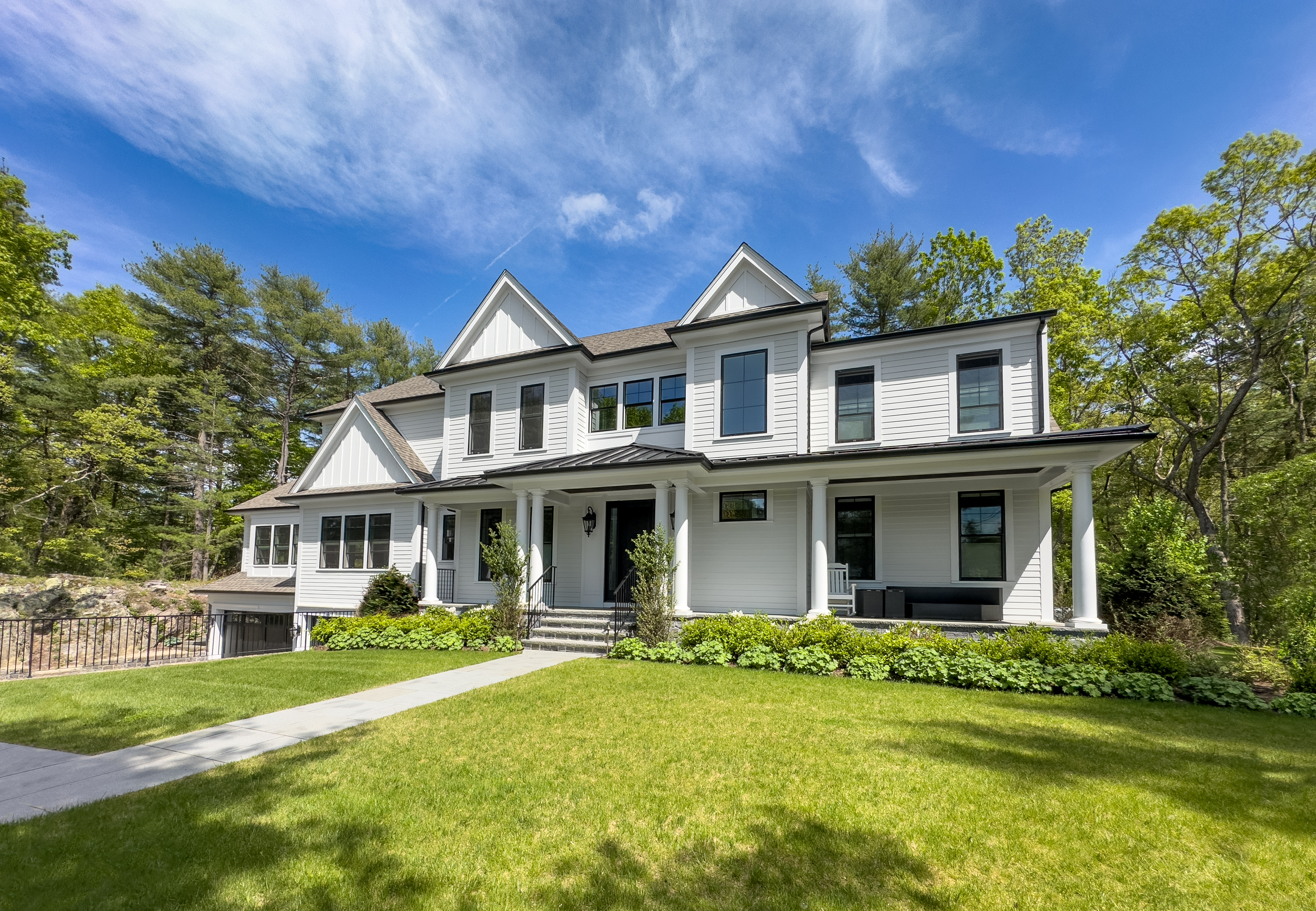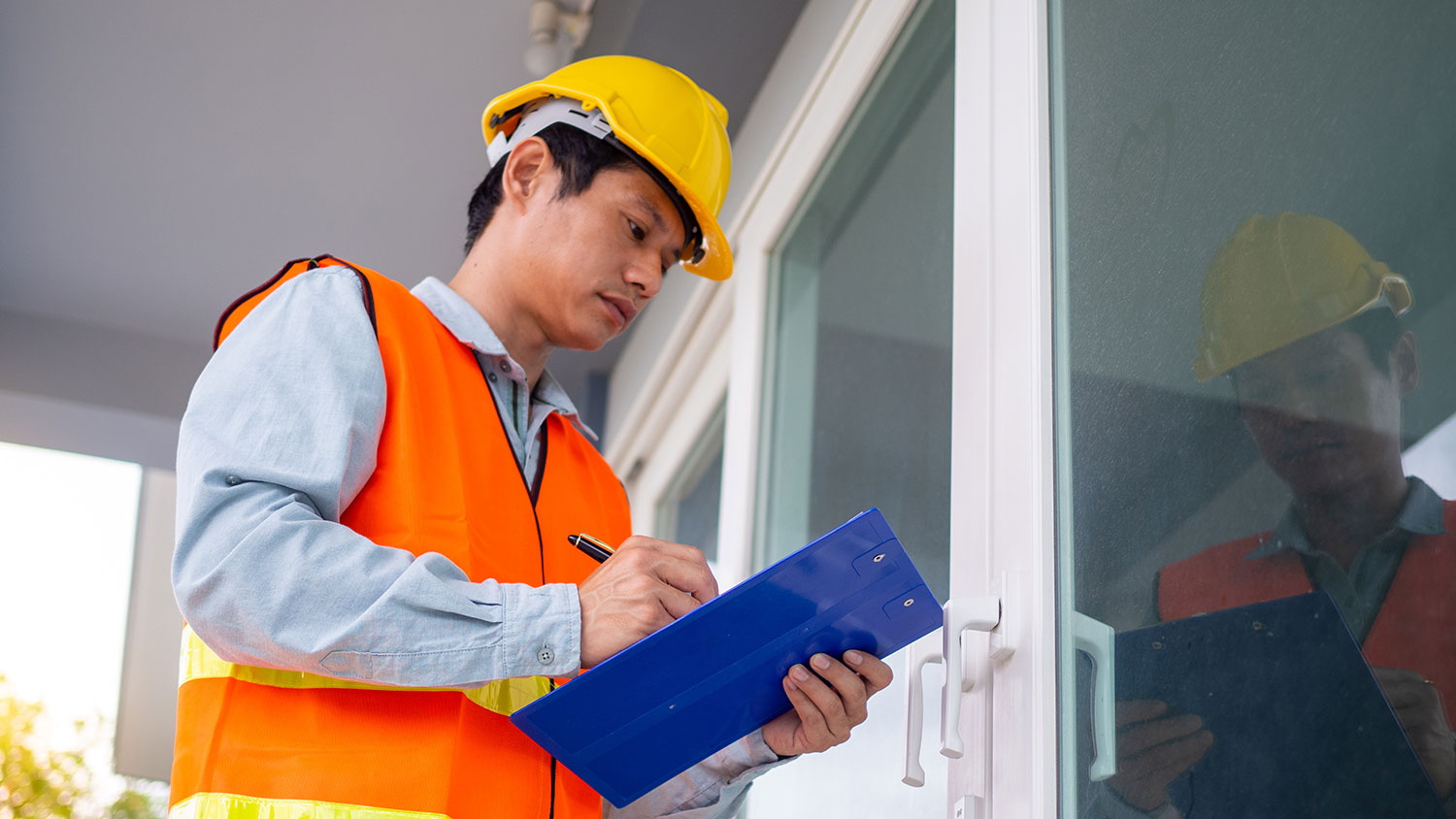
Get a detailed breakdown of thermal imaging home inspection costs, including average prices, cost factors, and tips to help homeowners budget.
Your home could be wasting energy from this tricky effect


Stack effect happens at all times of the year but is most noticeable in winter.
Poor ventilation and leaks in your home are major culprits for the stack effect.
Stack effect can cause mold, energy loss, higher bills, and uncomfortable temperatures.
Prevent stack effect by conducting an energy audit, sealing leaks, and increasing insulation.
Picture this: It’s winter, and your home’s lower level is uncomfortably cold, while the upper level is stuffy and warm. Or maybe it’s summer, and your home feels like hot air is seeping in from above. If either of these situations happens to you during these seasons, chances are you have a stack effect problem in your house.
Stack effect, also known as the chimney effect, happens when warm air becomes buoyant and rises inside your home. Though this effect happens year-round, you’re more likely to notice the thermal difference when it’s wintertime because of the drastic temperature changes.
Since warm air is lighter than cold air, it travels up, creating a negative air pressure on the ground floor of your home. This in turn pulls in any outdoor air that is colder than the air inside your home. The end result is a chilly bottom level and a stuffy, warm upper level.
Here are a few of the most common causes of the stack effect in residential homes:
Tall ceilings
Cold climates
Leaks in doors, windows, and infrastructure
High traffic in and out of the home
Bathroom exhaust fans
Clothes dryers
Poor ventilation
Range hoods
Insufficient insulation
The stack effect essentially works in the same way in the winter as it does in the summer, only in reverse. Here’s what happens:
In winter, the cold air outside has a higher pressure or density and moves into the home at the lower levels through cracks, gaps, and leaks. Once it enters the home, it pushes the warm air the furnace generates up through the floors and ceilings, all the way up into the attic, where it escapes the home through any additional leaks.
In effect, this movement of air creates a never-ending cycle of air circulation, with the air moving forcefully from the bottom and out the top.
In summer, the reverse happens, due to the same pressure principles. In this case, however, the warmer outside air moves into the top of the home, causing warm air in the attic to move down into the home. From there, it equalizes the temperature before escaping through basement or crawlspace leaks.

Stack effect can cause a number of problems around the house, including:
Moisture damage: All of that excess air inside your home creates condensation on cold surface areas of your home, including your walls and on bricks, which can lead to mold and decay.
Energy loss: The stack effect prevents heat from getting distributed evenly throughout the house, leading to a loss of heat on lower levels in the winter and too much heat inside the summer, which wastes energy.
Overworked HVAC system: Your furnace has to work extra hard when the heat it produces rises, and your air conditioner also has to come on more frequently to push hot air out of the home.
Higher electric and gas bills: Since your HVAC unit is constantly running to regulate your home, your bills will be higher.
Uncomfortable temperatures: The draft of cold air that is pushed down during the stack effect makes for a cold downstairs and a hot upstairs, which can make your family feel extra cold or hot.
Sealing leaks around windows and doors is one way to decrease the stack effect and save energy, but it won't stop stack effect ventilation on its own. The ventilation follows the laws of nature—warm air always rises and cold air always falls—so you’re going to have to do a few extra steps to effectively prevent the stack effect.
Here’s what you can do to lower the stack effect in your home:
If you’ve never had your home’s air leakage examined, an energy audit is the best place to start. Talk to an energy audit professional about scheduling a blower door test to determine the rate of air leakage and find out where you're losing energy. An auditor will also be able to recommend what you can do to fix the stack effect and make your home more energy-efficient.
To stop energy loss and improve home comfort, you must seal air leaks at your home’s entry points. Work your way from the top to the bottom of the house and seal cracks with caulk. Use expanding foam spray for larger cracks.
Check the attic, looking for cracks around recessed lights, the chimney, vents for plumbing, electrical wiring, exhaust fan vents, and stove vents. Also seal areas where attic walls meet, and where walls and ceilings and floors join together.
In the basement, be sure to seal around the rim joist (the area where the first floor rests on the foundation), the sill plate (which is directly underneath the rim joist), and any penetrations in the floors for ductwork, electrical wiring, or plumbing.
In addition to sealing up those leaks, insulate any openings where there are pipes, duct systems, crawlspaces, attic, basement, garage, and in some cases, exterior walls. This is where your energy auditor will be extra useful in helping you narrow down the best ways to insulate your home.
Consider installing self-regulating vents, ventilators that are pressure-sensitive, or solar-powered fans in your attic to help prevent stack ventilation buildup. Proper ventilation increases air circulation, which in turn pushes heat away from the highest points of your home, helping to more evenly distribute the desired indoor temperature.
Armed with the knowledge of the stack ventilation principle, you can address the stack effect in your home and have a more comfortable home year-round.
From average costs to expert advice, get all the answers you need to get your job done.

Get a detailed breakdown of thermal imaging home inspection costs, including average prices, cost factors, and tips to help homeowners budget.

Discover the average home energy audit cost, what impacts pricing, and how to save money on your audit. Get transparent, expert-backed cost info for homeowners.

A home energy audit is a detailed write-up of how to lower your utility bills and increase your comfort level. Find out if they’re worth the cost.

Home energy audits can identify ways to make your home more energy-efficient. Learn whether an energy audit is a good investment for your home.